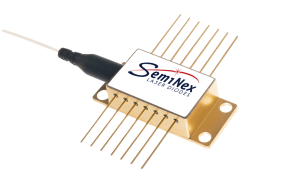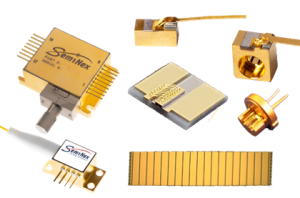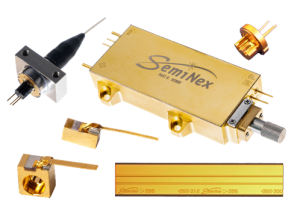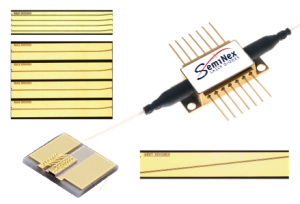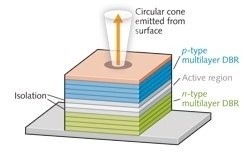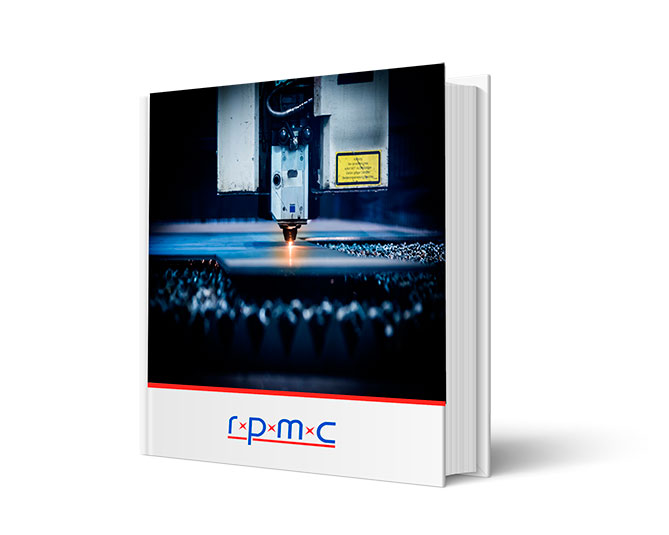SemiNex Corporation Lasers
RPMC Lasers is the Exclusive Source for SemiNex Corporation’s Lasers in North America
More Than 20 Years of Made in the USA Excellence
-
-
-
-
- Built in the USA: quick shipping & no tariffs or international shipping issues
- Est. 2003 specializing in custom epitaxial designs and device packaging
-
-
-
Wavelength Options from 1310nm to 1940nm
-
-
-
-
- Exceptional output power, efficiency & performance across temp. ranges
- Wide selection of packages and wavelengths to meet your specific needs
-
-
-
Laser Diodes & Amplifiers Based on Proprietary AlInGaAs Technology
-
-
-
-
- Multimode, single mode, narrow linewidth DFB, and SOA/RSOA options
- High-power, narrow linewidth external cavity and comb frequency lasers
- AlInGaAs-based electronic structures offer superior thermal stability and a wider bandgap
-
-
-
Why Choose SemiNex?
Where your parts come from matters
-
-
-
-
- Founded in 2003 by veterans of the telecommunications industry
- US-based supply chain reduces risks and ensures sustainability
- Able to scale quickly to high volumes for commercial applications
- Honored with the Innovator’s Award by Laser Focus World
- World-class performance enables customers to exceed target specs and be cost-effective
-
-
-
Wavelength options from 1310nm to 1940nm
-
-
-
-
- Customized packages and assemblies are available
- Exceptional output power, unmatched efficiency, and performance across diverse temperatures
- Adaptable multi-emitter configurations for space comms, LIDAR, medical & more
- Customized epitaxial designs and device packaging for any unique requirements
- Extended wavelength selection from 1250nm to 2400nm upon request
-
-
-
Laser diodes and amplifiers based on proprietary AlInGaAs technology
-
-
-
-
- High-power laser diodes, triple-junction laser diodes & SOAs/RSOAs
- Patented approach to high-power, narrow linewidth external cavity and comb frequency lasers
- Indium phosphide-based electronic structures offer superior thermal stability and a wider bandgap
- More stable at elevated temperatures, making it ideal for high-power electronic
- Devices can also be fiber-coupled and be designed for easy SI PIC integration
- Engineered with precision to balance cost-efficiency and high performance
-
-
-

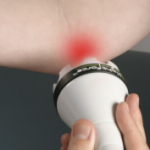

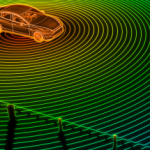
SemiNex Corporation has been delivering high-power laser diodes and amplifiers for over 20 years, proudly built in the USA to ensure quick shipping without tariffs. Established in 2003, SemiNex specializes in custom epitaxial designs and device packaging, offering wavelengths from 1310nm to 1940nm with exceptional output power, efficiency, and thermal stability.
Utilizing proprietary AlInGaAs technology, SemiNex provides multimode, single-mode, narrow linewidth, options, ideal for a wide range of industries. Their high-power, narrow linewidth external cavity lasers and comb frequency lasers are recognized for superior performance and cost-efficiency, earning them the .
Let us help find the right solution for you!

 SHIPS TODAY
SHIPS TODAY 
